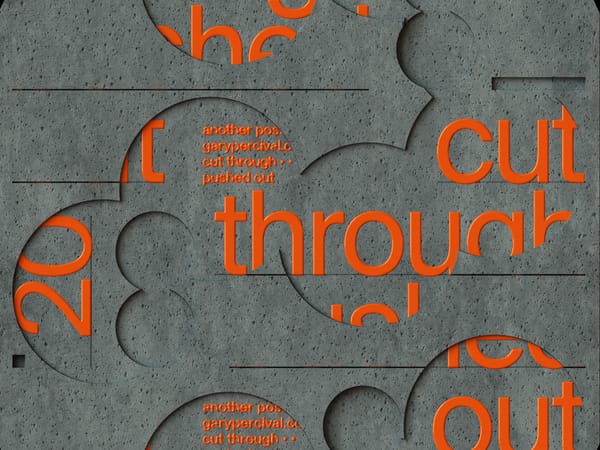Why Being Imperfect Is Actually Good For Your Creativity
Hey,
If you're creative, you're probably a perfectionist. You want your work to be perfect and can spend hours on minor details.
Say I told you that being imperfect could help your creativity. True! Accepting your flaws can help you unwind and enjoy the creative process.
Remind yourself that being imperfect is okay next time you're stressed about perfection. Let go of perfection and watch what happens! Who knows, you may surprise yourself with your work.
1. Perfectionism can stifle and stagnate.
Creatives are often perfectionists. They are perfectionists who can obsess over minor details. They may even avoid starting projects due to uncertainty.
Graphic designers, in particular, obsess over the smallest details, like the spacing between images and text. However, perfectionism can be stifling and lead to stagnation.
2. It can be self-critical.
The worst critics are often themselves. They're always looking for ways to improve their work and are never fully satisfied.
This can lead to constant growth and evolution, which is good. But it can also be harmful if it results in excessive self-criticism. Graphic designers must learn to accept their work as it is and value their own abilities.
3. Letting go of perfection can help you come up with new ideas.
Graphic designers know what looks good and what doesn't. Graphic designers are frequently tasked with creating visually appealing images.
Graphic designers know how important it is to perfect their work before moving on to the next. But this can also be a disadvantage.
Fear of not being perfect often prevents graphic designers from trying new ideas, resulting in them using the same design style on every project.
Allowing graphic designers to make mistakes may lead to new and innovative ideas that they would not have thought of otherwise.
4. Accepting your flaws can boost your confidence.
Freelancers and designers often feel pressured to be perfect. They are constantly working on new projects and want to ensure perfection.
This quest for perfection can actually hinder their creativity. Perfectionism can cause self-doubt and insecurity, which can stifle creativity.
5. Embrace your flaws.
Embrace your flaws instead of trying to be perfect. Accept that you are not perfect.
Actually, it's a good thing. Imperfection fosters creativity and innovation. You can try out new concepts and styles without fear of failure.
6. Perfectionism can cause anxiety.
Perfectionism can cause stress and anxiety. Trying to perfect your work can lead to being overwhelmed and stressed. This can affect your health and creativity.
7. Imperfections can increase work enjoyment.
You can enjoy your work more when you don't try to be perfect. You can relax and enjoy it without fear of making a mistake. It can boost creativity and productivity.
8. It's okay to fail.
Making mistakes is one of the biggest benefits of being flawed. Making errors can help you learn and grow as a person. It can also boost your creativity.
9. Flaws can add to your work's interest.
Embracing your flaws can make your work more interesting. Your work will be more unique and stand out. This is especially useful in a competitive field like graphic design.
10. Perfection can cause burnout.
Perfectionism can lead to burnout. Perfectionists can become exhausted and overwhelmed. This can stifle creativity and reduce productivity.
11. Being human means being flawed.
At the end of the day, being human means being imperfect. We all make errors and have flaws. Accept your flaws and exploit them. Let them inspire your creativity and your best work.
To become a more creative person, you must embrace your mistakes. I hope this article has helped you see the value of imperfection.
Embrace your flaws because they define you. Allow yourself to experiment, take risks, and create something truly amazing.
Will you use your newfound freedom?
Thanks for reading, and have a wonderful week!
—Gary
📚 What I’m reading right now
Michael E. Gerber's book, The E-Myth Revisited, is a must-read for any small business owner. The book takes an in-depth look at the myths that keep small businesses from succeeding and provides clear solutions to help business owners implement systems that will allow their businesses to run without them.



